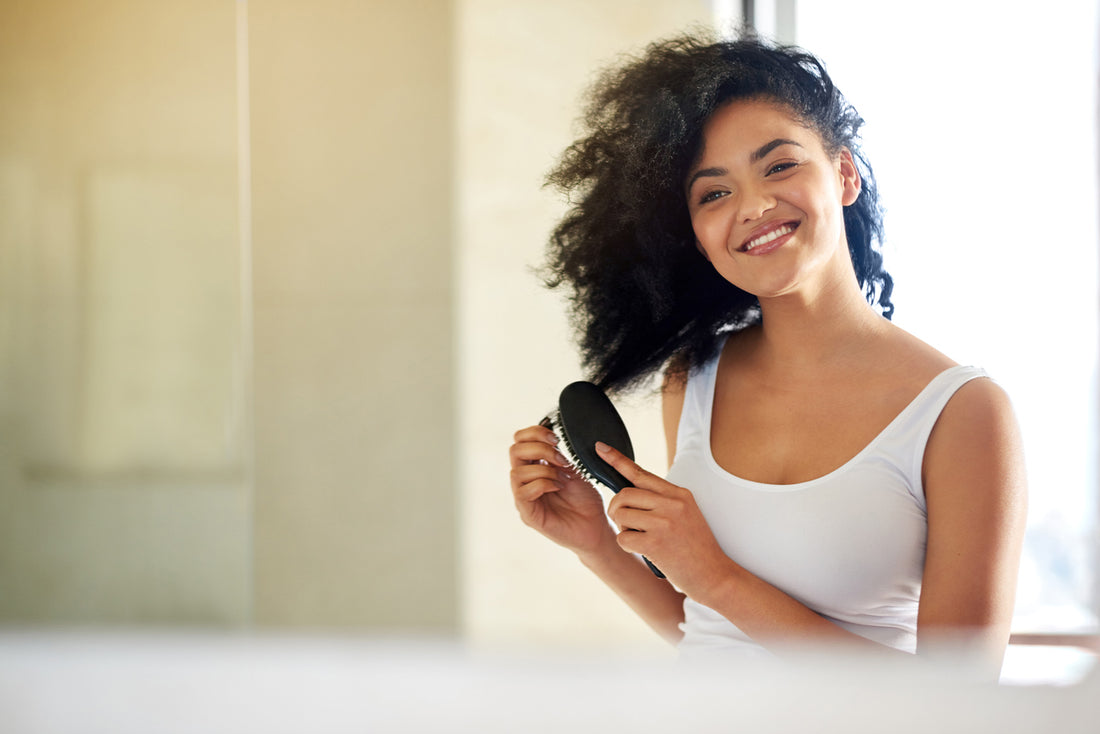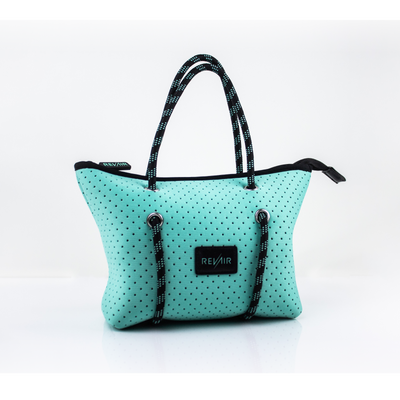
Hairbrush 101: Which Brush Suits Your Hair Type?

Most people are picky about which hair products they use. After thorough research, or years of trial and error, they know their oils and shampoos by heart. What's more, although a hairbrush is a staple in every hair kit, it is easily the most overlooked component. You probably chose your hairbrush based on personal preference rather than your hair type.
Does it matter what type of hairbrush you use? Yes, it does! According to experts, your choice of hairbrush can determine the health of your hair. We know that walking down the store aisle trying to figure out whether you need a boar, metal, or nylon bristle brush can be tedious. So, here is a comprehensive guide that will help you decide which hairbrush suits your hair type.
First things first, do you know your hair type? It is important to understand the texture of your hair to know which hairbrush suits it. There are four hair types as briefly explained below.
Type 1
This hair type is straight with no natural curls. It may have fine, coarse, or thick individual strands. In addition, because the strands fall without waving from root to tip, this hair type tends to get oily. The absence of curls allows oil from the scalp to travel easily down the strands.
Type 2
This hair type has loose waves and is thicker than type 1. The waves may begin at the eye-level, midpoint, or crown of the hair. Additionally, wavy hair is easy to style as it can be left as is, but it tends to frizz easily.
Type 3
This is a curly hair type that has distinct S-shapes. Because of the ring shapes, oil does not make its way to the end of the strands. This hair type dries out easily and can get frizzy if not handled well.
Type 4
This hair type is kinky, with small tight curls. Its texture makes it difficult to oil one's scalp adequately. Also, individual strands dry out easily.
What Types of Hairbrushes are There?
Now that you know your hair type, you need to know the types of hairbrushes available. Brushes are categorized according to the types of bristles and their placement. In addition, bristles can be made of boar, metal, or nylon material. Each material is appropriate for a specific length and texture of hair.
Paddle Brush
It has a wide base that enables it to cover a lot of ground while brushing hair. The bristles are spread further apart. Most paddle brushes have plastic bristles attached to an air-filled cushion. So, think of this as a heavy-duty brush that works for voluminous hair that needs detangling.
Boar Bristle Brush
The best quality hairbrushes are made from boar bristles. The bristles are soft and gentle on the hair. They bring out hair's natural texture and boost its body. Additionally, they are also good at distributing natural oils from the scalp to the tip of hair strands.
Nylon Bristle Brush
Nylon bristles are flexible and static resistant. They are great for detangling curly hair. They also help in reducing static and frizz.
Round Brush
This is a fully circular brush that can have natural or synthetic bristles. Due to its circular shape, it separates strands and makes blow-drying and styling easier. It also redistributes oil and helps to create a voluminous look.
Mixed Bristles Brush
This brush has a blend of nylon and boar bristles. In fact, the blend creates tension and gives hair a glossy finish. The mixed bristles brush is great for people with frizzy hair.
Denman Brush
This brush is great at detangling curly hair, giving curls definition, and distributing product from root to tip. It comes in many variations with different numbers of rows and bristles. However, all Denman brushes have a rubber base and nylon pins with rounded bristles.
Exfoliating Scalp Brush
Instead of bristles, the exfoliating brush has looped tines. The tines penetrate the hair and massage the scalp without tangling the strands. This brush works well on all hair types. It is used before cleansing the hair to get rid of buildup and other impurities.
Wide Toothed Comb
It has thick teeth that are widely spaced. It is essential for anyone with thick hair that needs gentle detangling. Because of the spaced teeth, it pulls less hair than most brushes.
Use the Right Brush for Your Hair Type
It is important to pick the right brush for your hair type. Choosing a brush that is not gentle on your hair can lead to snagging, and breakage. Brushing your hair can become a nightmare if you do not use the right tools. For each hair type, we have identified the best brush to use.
Paddle Brush for Straight Hair
If your hair is fine and prone to breakage, bigger brushes work better. The paddle brush is one of the gentlest tools you can use on straight hair. Its plastic bristles are spaced out to cause less tension while detangling. The big surface area tackles large patches of hair at a time, reducing the number of times you have to brush over the same spot. Using a paddle brush on straight hair also prevents damage to the scalp.
Boar Bristle Brush for Wavy Hair
A vented boar bristle brush that has large spacing helps wavy hair from becoming tangled in the bristle. Boar bristles are gentle on hair and distribute oils evenly from the scalp. They bring out wavy hair's natural texture and boost the body making it look voluminous.
Detangler Comb for Curly Hair
Curly hair needs minimum intrusion as far as styling goes. Because it is prone to frizz, brushing it while dry may not give the best results. Using a wide-tooth detangling comb on wet curly hair is advisable. A detangler comb is gentle enough to separate the strands without making them lose their curly shape.
Denman Brush for Kinky Hair
A Denman brush with 5-7 rows of bristles works best for detangling kinky hair. Because of the tight coils, kinky hair must be conditioned for the brush to work properly. The brush also helps achieve curl definition and style.
When to Choose a Different Hairbrush
There are a few exceptions to when you should use a specific brush on your hair type. The brushes suggested above may not always serve the purpose. Below are some scenarios when you may need a different hairbrush.
Wet Hair
Wet hair, regardless of type, should be brushed using a detangler brush. The detangler brush has thin, flexible bristles that minimize damage to knotted hair. The spaced bristles make for a painless experience and may even shorten the amount of time you spend brushing out knots.
A wide-toothed comb works well on wet curly hair. It detangles the curls without snagging and pulling on your scalp. However, it may not be of much help on thin, straight hair. You might get away with using any brush on wet hair if it is fine enough.
This goes to show that in as much as there are recommended brushes for each hair type, there are exceptions. It is more important to know your hair type and chose brushes based on this knowledge.
If Your Hair is Weak
If your hair has been weakened by prolonged coloring or chemical treatment, it must be handled with care. A soft brush that has natural bristles is the best to use. A soft boar bristle brush is recommended because it does not tear or pull hair. It also stimulates blood flow to hair follicles and encourages hair growth.
For Exceptionally Long Hair
Having long hair is admirable – until it gets to brushing it. The best tool is one that has a wide base to cover large sections without pulling. A paddle brush with many rows of bristles works best. Taking one section at a time with a wide paddle brush makes the detangling process faster and easier.
To Achieve a Particular Look
Do you have extremely straight hair that you want to give a bouncy, voluminous look? A metal round brush is a solution. When paired with a hairdryer, the barrel of the brush gives straight hair definitive curls or waves. The size of the curls depends on the size of the brush barrel. Many other styles can be achieved with different brushes.
To Exfoliate Your Scalp
The exfoliating scalp brush works on all hair types. It has looped bristles that massage the scalp without tangling hair. It gently massages the scalp to remove dandruff and oil buildup. Regularly exfoliation one's scalp helps hair to grow thicker and shinier.
Final Thoughts
Using the right brush for your hair type is essential for the health of your hair. The right brush prevents breakage, reduces detangling time, and gives your hair a glossy finish. For each hair type, the best brush is the one that detangles hair gently without damaging the scalp. Although there are circumstances when you might use a different brush, you should always have your hair type in mind. Contact us for more information.














